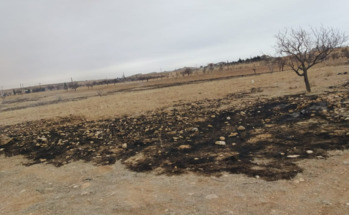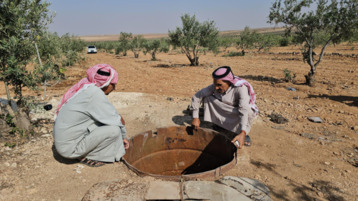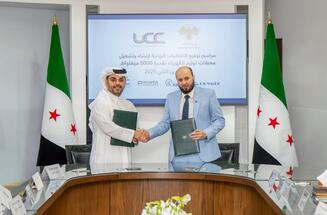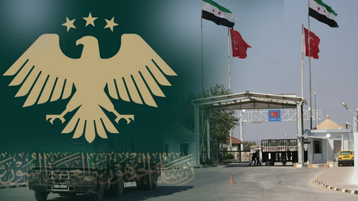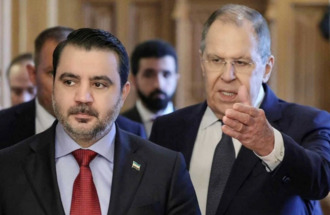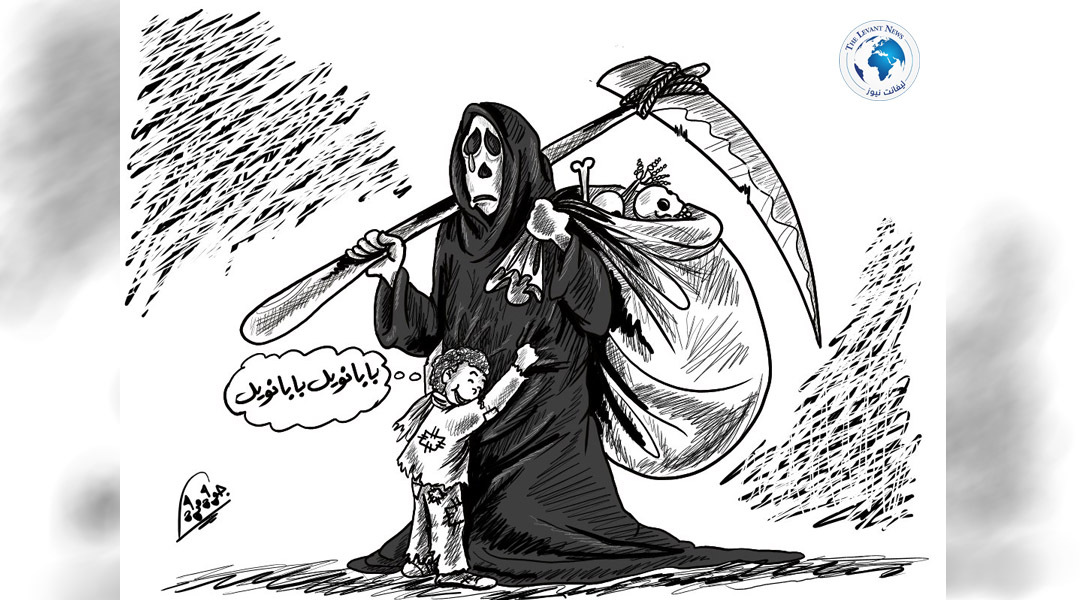-
The Assad Government secretly transferred a mass grave to conceal killings – An exclusive Reuters investigation reveals the details
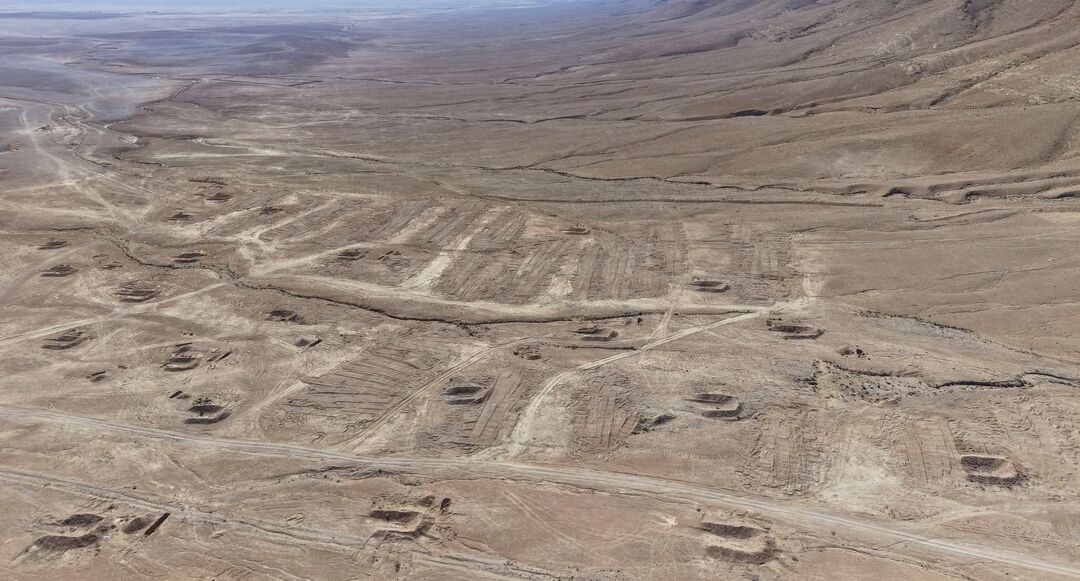
Reuters has revealed that Bashar al-Assad’s government carried out a secret operation over two years to transfer thousands of bodies from a known mass grave in QSDIFA to a hidden location in the desert east of Damascus, in an effort to conceal evidence of the atrocities committed during the war. The operation, dubbed "Soil Transfer Operation," led to the concealment of evidence related to hundreds of detainee and soldier victims, involving the military forces secretly from 2019 to 2021.
Prepared by: Magy Michel, Firas Dallati, Ryan McNeil, and Khalil Shawaei
October 14, 2025 – 9:40 PM GMT+2
Al-Damir, Syria – October 14 – An investigative report by Reuters has uncovered that Assad’s government carried out a covert operation to move a large number of bodies from a known mass grave in QSDIFA, located on the outskirts of Damascus, to a remote hidden site in the Damiroff desert, more than five years after the start of the Syrian war. This grave, which contains dozens of trenches extending for about two kilometers, is one of the largest mass graves constructed during the conflict.
To uncover details of this operation, the investigation team interviewed 13 eyewitnesses and experts, examined documents from officials, and reviewed hundreds of satellite images of the relevant sites over the years. The operation is called "Soil Transfer Operation," began in 2019, and continued until 2021, aimed at destroying any evidence of mass killings and improving the government’s image abroad.
Testimonies state that the operation involved piling bodies onto trucks, then transporting them away via paved roads during specific nights, where the foul odors would fill the air. According to sources, the government’s intent was to shield itself from international repercussions, especially as the regime sought to restore its global reputation after years of sanctions and accusations of atrocities.
A former source in the Republican Guard indicated that the idea of transferring bodies appeared as Bashar approached declaring victory, with the aim of hiding evidence of mass executions carried out by the regime. After the regime’s fall, the investigation found no official evidence confirming whether the bodies were moved from other locations or if there are additional hidden graves, despite satellite images showing the grave’s continued existence in its original site.
Although the grave contains at least 34 massive trenches, it is believed that tens of thousands of people have been buried there over the years, including detainees, opposition fighters, and regime soldiers killed in prisons and detention centers. Digs at the site began in 2012, with the onset of the war. Human rights organizations estimate that more than 160,000 people are still missing, with their graves believed to include numerous similar mass graves.
While international and local efforts continue to trace the missing, the mass graves remain unprotected, and resource shortages hinder search and excavation efforts, amid uncertainty surrounding the fate of thousands of people disappeared into the regime’s cells. Establishing an official body to collect DNA information and document the missing is a delayed step, despite the urgent need to support specialists and analyze DNA samples to facilitate the recovery of remains and restore hope for the victims’ families.
Regarding concealment operations, Syrian Emergency Minister Riad Al-Saleh stated that the scale of crimes and the complexity of the justice file hinder achieving justice, while Mohamed Al-Abdallah emphasized that the random transfer of bodies added another disaster to the suffering of grieving Syrian families, pointing out that returning their loved ones' remains would be a complex process—and the wounds of the country do not easily heal from this systematic terrorism.
reuters
You May Also Like
Popular Posts
Caricature
opinion
Report
ads
Newsletter
Subscribe to our mailing list to get the new updates!

